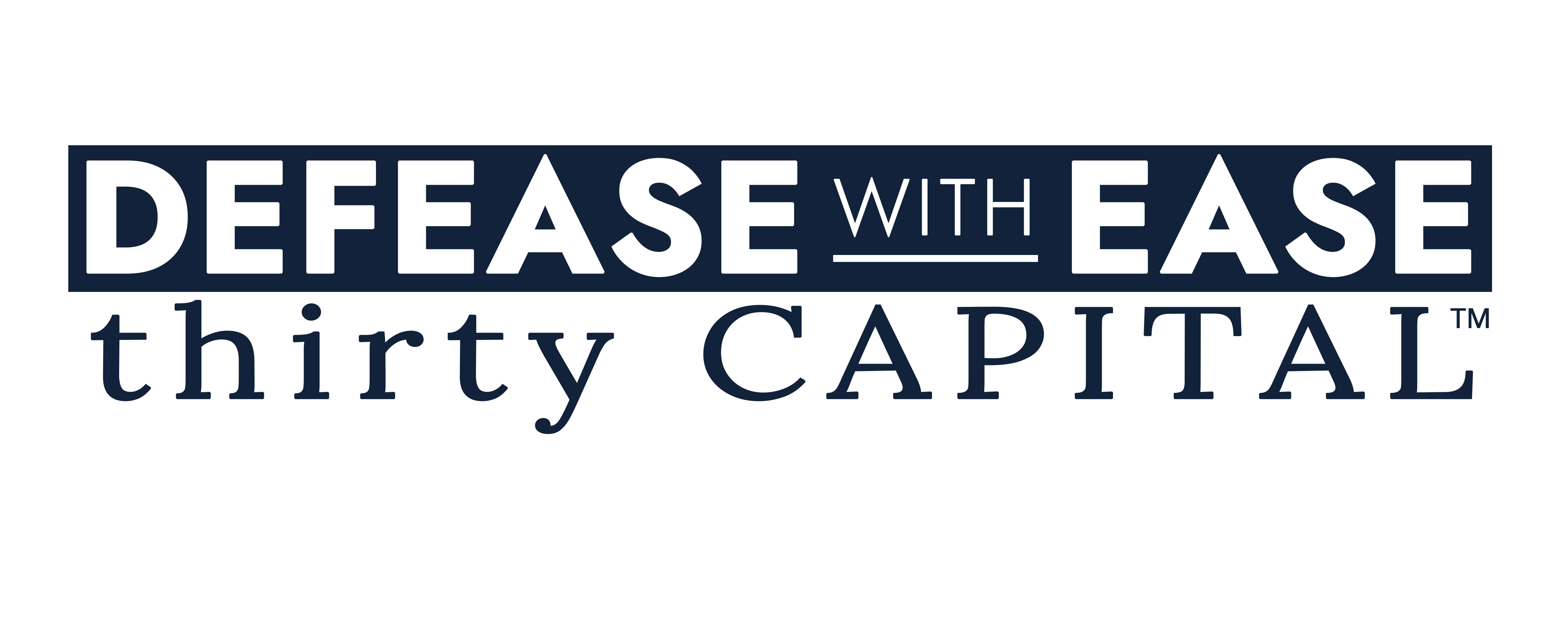Commercial real estate (CRE) sponsors and decision-makers are under increasing pressure to deliver returns—even as elevated interest rates, rising property taxes, and escalating insurance costs continue to compress cashflow. Distributions are slowing, investors are asking tougher questions, and promote hurdles for capital stack optimization feel farther out of reach.
But what if there was a way to hit those targets faster without betting on rate cuts or waiting for the market to rebound?
The key lies in rethinking your capital stack optimization and leveraging your debt proactively. Instead of relying solely on operational performance or exit timing, sophisticated sponsors are optimizing their financing strategies throughout the investment lifecycle. By being agile, opportunistic, and informed, you can unlock equity early, boost cashflow, and accelerate your path to promote—even in challenging market conditions.
Want to listen to the discussion? Click here to watch the 10-minute on-demand recording.
Understanding the Current Market Backdrop
The reality is that CRE sponsors are operating in a difficult environment. Interest rates remain elevated, with short-term rate expectations in flux. At the same time, operating expenses—from taxes to insurance—are cutting into net operating income (NOI). Debt pricing is increasingly volatile, driven by macroeconomic uncertainty and shifting Treasury yields.
These pressures are stretching returns and delaying the timelines for achieving sponsor promote. But they also create an opening for those who are paying attention, especially to the debt side of capital stack optimization.
Debt: A Lever, Not Just a Cost
The capital stack in most CRE deals is made up of a majority debt component and a smaller equity portion. While the equity carries a higher cost of capital, debt is typically cheaper and can be strategically reshaped to lower the overall cost of capital across the stack.
Even in a high-rate environment, there are opportunities to use debt to unlock value—especially if you acquired the asset at a favorable fixed rate or have equity that has quietly appreciated.
Consider a property financed years ago at a sub-3% fixed rate. While sponsors are understandably reluctant to refinance into a 6%+ environment, that loan may contain hidden value—especially if defeasance or hedging strategies can reduce the friction of exiting early.
The goal is not simply to hold onto cheap debt, but to evaluate the full picture: What’s your equity cost? Are your preferred returns in the 8% range? Can cheaper senior debt help restructure the stack and free up capital for reinvestment or distribution?

Begin with Strategy, Not Structure
The right financing decisions begin with the asset strategy. What was the original plan—value-add, long-term hold, or development? What’s the risk tolerance of your investors, and what are their return expectations?
Once that strategy is established, the debt should match the timeline and risk profile. Fixed-rate loans are a common tool for stability, but they often come with prepayment penalties or defeasance requirements. Floating-rate loans offer flexibility, but they require risk mitigation through instruments like interest rate caps or swaps.
Each structure has its place, but the match must be intentional. Caps may make sense in lower rate environments; swaps offer longer-term stability. The key is evaluating each product based on current and projected market conditions.
Mid-Hold Period Moves: Releasing Equity Early
Too often, sponsors treat debt as a set-it-and-forget-it piece of the stack. But smart operators revisit their financing strategy midway through the hold period, asking key questions:
- Has the property achieved its projected NOI?
- Is there equity in the deal that can be accessed early?
- Can a refinance or recap free up capital for reinvestment or distribution?
In some cases, pulling out equity—even at a higher rate—can make sense if it reduces your overall capital cost or if it allows you to distribute enough capital to hit promote.
For instance, if preferred equity is costing 8% and you can obtain new debt at 6%, restructuring the stack can improve distributable cashflow and reduce friction toward achieving investor returns. Even if market conditions aren’t perfect, taking advantage of spread differentials can unlock new options.
Stay Proactive, Not Reactive
Proactivity is the foundation of this strategy. Successful sponsors aren’t just managing their assets—they’re managing market timing, interest rate trends, and forward rate curves.
Debt that was optimal on day one may become suboptimal a few years into the hold. Market assumptions shift, asset performance varies, and interest rate forecasts evolve. This means that both property performance and debt strategy must be evaluated continuously, not just at acquisition or exit.
For example, many expected multiple rate cuts in 2024, only for the Fed to hold firm. By watching forward curves closely and utilizing forward-starting hedges, some sponsors locked in better pricing early in the year—well ahead of the market recalibration.
In a similar way, looking at 2025, sponsors must anticipate rather than react. Don’t just analyze where rates are. Analyze where they’re likely headed, and how instruments like interest rate swaps, caps, or defeasance strategies can be positioned now to maximize flexibility and value later.
Unlocking Through Defeasance
Another strategic lever that’s often overlooked is defeasance. This prepayment method is commonly used to exit fixed-rate loans, particularly CMBS or agency debt. In rising rate environments, defeasance can become a tool for value creation. 
How? If your loan has a lower interest rate than today’s Treasury yields, you may be able to substitute your real estate collateral with higher-yielding Treasury securities—effectively paying off your loan at a discount. This “defeasance discount” can unlock trapped equity and make a refinance or sale more feasible than initially expected.
Seasoned loans with 3-4% coupons can often be defeased at less than par, allowing sponsors to exit early without full prepayment penalties and potentially triggering promote eligibility ahead of schedule.
Final Thought: Match Strategy with Market
Reaching your promote faster doesn’t require luck or a favorable interest rate cycle. It requires a disciplined, informed approach to both operations and financing. By taking a global view of capital stack optimization and aligning debt strategy with asset performance, you gain the ability to:
- Reconfigure the stack for greater efficiency
- Release equity sooner
- Increase investor distributions
- Hit your promote earlier in the hold period
In short, when market volatility threatens returns, the answer isn’t to wait it out. It’s to get to work—proactively, creatively, and strategically. By engaging the right tools and advisors, you can take control of your capital stack optimization and reach your goals faster.
Want a second opinion on how to optimize your capital stack? Connect with one of our debt and capital market experts to explore your opportunities.




